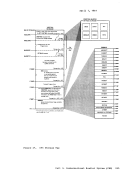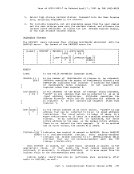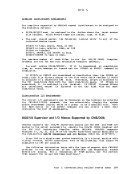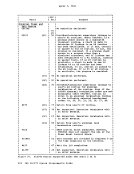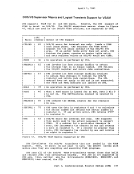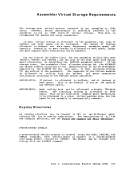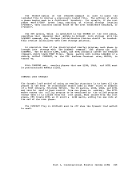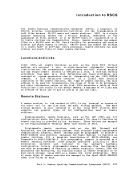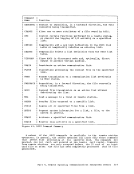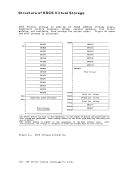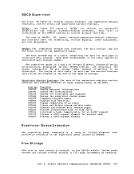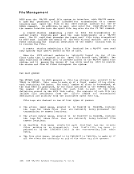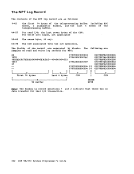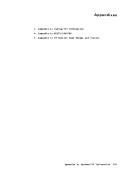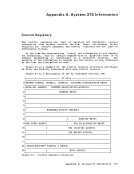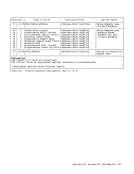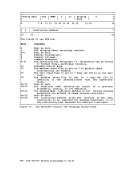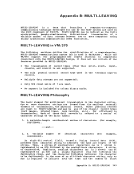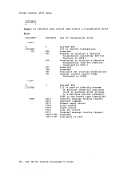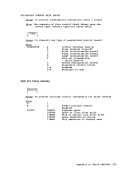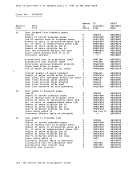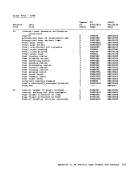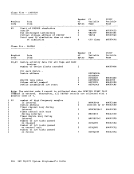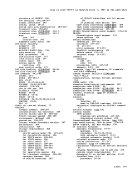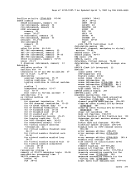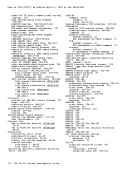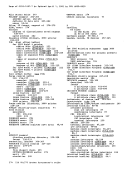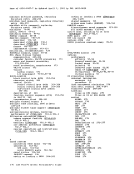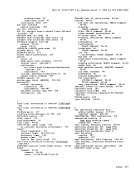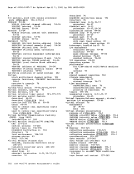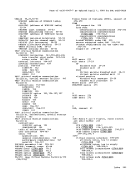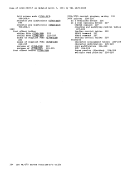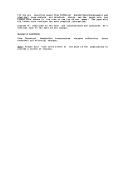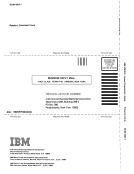CALLED ROUTINE START-UP TABLE
Figures 29 and30 show how the PSW and registers are set up when the
called routine is entered.I ------------------------------------------------------------, I "Called" Type System Mask Storage Key Problem Bit 1-------- ISVC 202 or 203 I - Nucleus I resident , ISVC 202 or 203 I - Transient I area MODULE SVC 202 or 203 User area User-handled as - DOS/VS Nucleus
resident
as -DOS/VS Transient
area module
Disabled SystemOff Disabled User Off Enabled User Off Enabled User Off Disabled system Off Disabled system Off Figure 29. PSi Fields When Called Routine Starts
Registers Registers Register RegisterlRegister
Type o -1 2 -11 12 13I 14
-----I SVC 202 Same as Unpre- Address User IReturn or 203 caller dictable of save I address
called areaI to
routineI DftSITS I Other Same as Same as Address User IReturn caller caller of save I address
caller areaI to I tftSITS Figure 30. Register Contents When Called Routine Starts RETURNING TO THE CALLING ROUTINE ,
RegisterI 15 I I Address I of I called I routinel I Same as I caller , I I .J When the called routine finishes processing, control is returned to DMSITS, which in turn returns control to the calling routine.
The return
was saved
is accomplished by loading
at the timeDMSITS was
the originalSVC old PSW (which
first entered), after possibly
264IBM VM/370 System programmer's Guide
Figures 29 and
called routine is entered.
resident
as -
area module
Disabled System
Registers Registers Register RegisterlRegister
Type o -1 2 -11 12 13
-----
called area
routine
caller area
Register
The return
was saved
is accomplished by loading
at the time
the original
first entered), after possibly
264

























































































































































































































































































